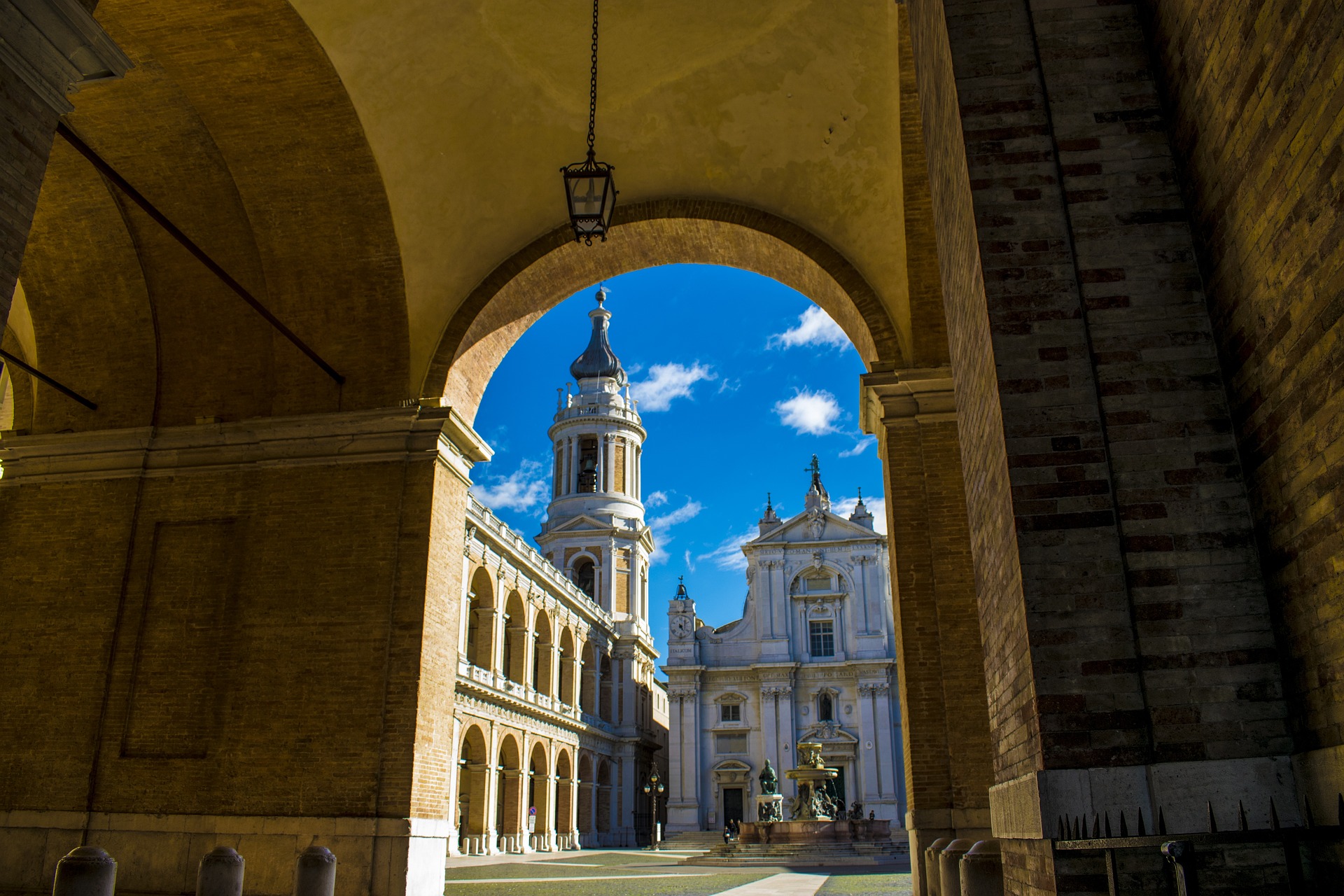
Regional Action Plan of our project in Italy
Implementing Regional Action Plan in Marche Region
The building sector is the largest energy-consuming, accounting for over one-third of final energy consumption globally, being also an important source of CO2 emissions. Energy performance in this sector can be drastically improved through different measures, however measures should be implemented in a coordinated and holistic way, taking into account all aspects involved in the achievement of the low-carbon economy in order for them to go hand in hand with sustainable development strategies at the overall municipality/district.
The overall objective of LC Districts is to improve regional development policies and programmes in the areas of building renovation and construction of energy efficient buildings, creation and renovation of district heating and other urban renovation actions, in order to facilitate the transition to low-carbon districts and municipalities. The interregional learning process will take place around three thematic areas:
The main outputs of the project will be: Method Guide, Diagnosis reports of the regional building, district heating and urban renovation sectors, Good Practice Guide, Policy Road Map, Regional Policy Briefs and Regional Action Plans with recommendations for integration into RIS3. Stakeholders benefiting from the project will be all actors in the construction, housing renovation, district heating and urban renovation sectors at the regional, national and EU level: regional, national and multinational industrial and service companies, industry associations and federations, clusters, SME specific associations, universities and RTOs, national, regional and local representatives of construction and housing authorities (ROP MA).
€1,189,712.00
Low-carbon economy
The LC Districts project targets Priority Axis 4 “Transition to a Low Carbon economy” IP 4c “energy efficiency in the housing sector”. This IP aims at decreasing the energy consumption and the reduction of GHG emissions, looking for maximizing energy efficiency mainly in the housing stock built before 1980, which represents the largest share of the GHG emissions in Navarra. PA4 has been subject to reprogramming, including a new line “Support to improvement of energy efficiency in dwellings, including District Heating systems”.
So far, actions in this IP have comprised direct aids to applicants according to the age of the dwelling/building, owner’s income and projects, according to the Navarra Regulation 10/2010 and its modifications. These direct aids foster the refurbishment of the building’s thermal envelope from an integral approach, through a profound refurbishment resulting in an increase of at least 2 steps (letters) of its Energy Efficiency classification.
However, the current refurbishing and energy efficiency improvement processes have shown a number of limitations: i) citizens’ lack of information on the aids, ii)poor quality of the refurbishing projects; iii)lack of knowledge of the technical staff for supporting citizens in the application process; iv) lack of a suitable financing framework; v) lack of agreement among homeowners associations, which are the main beneficiaries of the aids, results in the refurbishing project and application process to be unfeasible.
The PI aims at improving buildings energy performance and sustainable urban district policies, achieving economic, social and territorial cohesion in line with Europe2020 Strategy. Investment Priority 4.C. Supporting energy efficiency, smart energy management and the use of renewable energy in public infrastructure, including public buildings, and in the housing sector acts through 2 actions: Act. 13.1- promotion of eco-efficiency and reduction of primary energy consumption in buildings and public facilities: renovation of individual buildings or complexes of buildings, installation of intelligent remote control systems, regulation, management, monitoring and optimization of energy consumption (smart buildings) and polluting emissions also through the use of technological mixes/Act. 13.2-adoption of technological solutions for the reduction of energy consumption of public lighting networks, promoting installations of automatic regulation systems(light sensors, remote control systems and remote network management).
The reasons lie on:
• the objectives set by the Regional Environmental Energy Plan in energy saving (thermal and electric) and the renewable energies development;
• the prominent share of energy consumption on residential sector, assessed as nearly 19% on the total energy consumption in Marche Region. Public buildings’ electricity consumption is higher than national average and its trend has not been significantly decreased in the last decades.
The policy instrument targets Priority Axis 4 “Transition to a low carbon economy” and Investment Priority 4.c “Supporting energy efficiency, smart energy management, and the use of renewable energy in public infrastructure, including public buildings and in the housing sector”. The main focus of the policy instrument is to improve energy efficiency by decreasing energy consumption and increasing the utilization of renewable energy resources in the building sector. Furthermore, the policy instrument aims to reduce the emissions of greenhouse gases from building sector.
The policy instrument includes two main actions:
The first action concentrates on the installation of renewable energy resources for increasing the production of on-site energy and decreasing the dependency to the grid supply energy system.
The second action contributes to the development and use of new methods and/or models in reducing both energy consumption and greenhouse gas (GHG) emissions in designing new buildings as well as renovating existing buildings.
OPE 2014-20 aims to achieve 7th EU Environment Action Programme priorities, e.g.to turn EU into a resource-efficient, green and competitive LC economy, and to enhance the sustainability of the Union's cities.
SO 5.1 “Supporting the transition to a LC economy in all sectors by promoting EE, smart energy management systems and the use of RES in public infrastructures, including public buildings and housing” aims to reduce the energy intensity of public buildings and increase the use of RES.The measures aim at buildings with a high potential for cost-effective solutions. High investment costs are a major barrier for the implementation of saving measures and the installation of alternative energy sources for heating and hot water in buildings owned by municipalities and regions.
Potential lies in heat sources & in final consumption, where most buildings have not yet been insulated and other savings measures not implemented.The proposed measures will also contribute to reducing energy dependence.The main target group are owners of public buildings.Assigned PA5,SO 5.1. allocation Allocation is €476.836.080.
Reasons to improve are mainly these:
-To support efficient and sustainable use of energy sources in the transition to a LC economy
-To reduce final energy consumption in public buildings
-To meet EU 2030 objectives of 40% reduction in greenhouse gas emissions and increasing the share of energy savings and renewable sources to 27% each
-To increase the number of approved projects
The interventions of the Croatia Competitiveness and cohesion Operational Programme (OPCC) under Thematic Objective (TO) 4 focus on promotion of Renwable Energy Sources (RES) and Energy Efficiency (EE) measures in sectors with largest share in the energy consumption, namely:
• Private sector, including both buildings and production process
• Public and residential buildings and public energy infrastructure (District Heating Systems (DHS) and lightning)
• Introduction of new technologies in energy management, namely smart grids
Main aim of this TO is to contribute to the EU 2020 targets that have been transferred into the national targets as follows: a) National RES Action plan sets the 2020 goals of 39%, 10% and 19.6% share of RES in the in gross final energy consumption in electricity, transport and heating/ cooling respectively; and b) Third EE Action plan sets the overall energy saving target should be contributed 30% by households, 13% by services, 13% by industries and 44% by transport.
Holistic approach is needed to utilize the best of different sectorial approaches visible through energy savings and GHG emissions reduction. The overall communication and dissemination must be improved in a way it reaches all relevant stakeholders timely and with proper and sufficient information. Adequate measuring and monitoring has to be put In place to track the progress of holistic approach.

Implementing Regional Action Plan in Marche Region
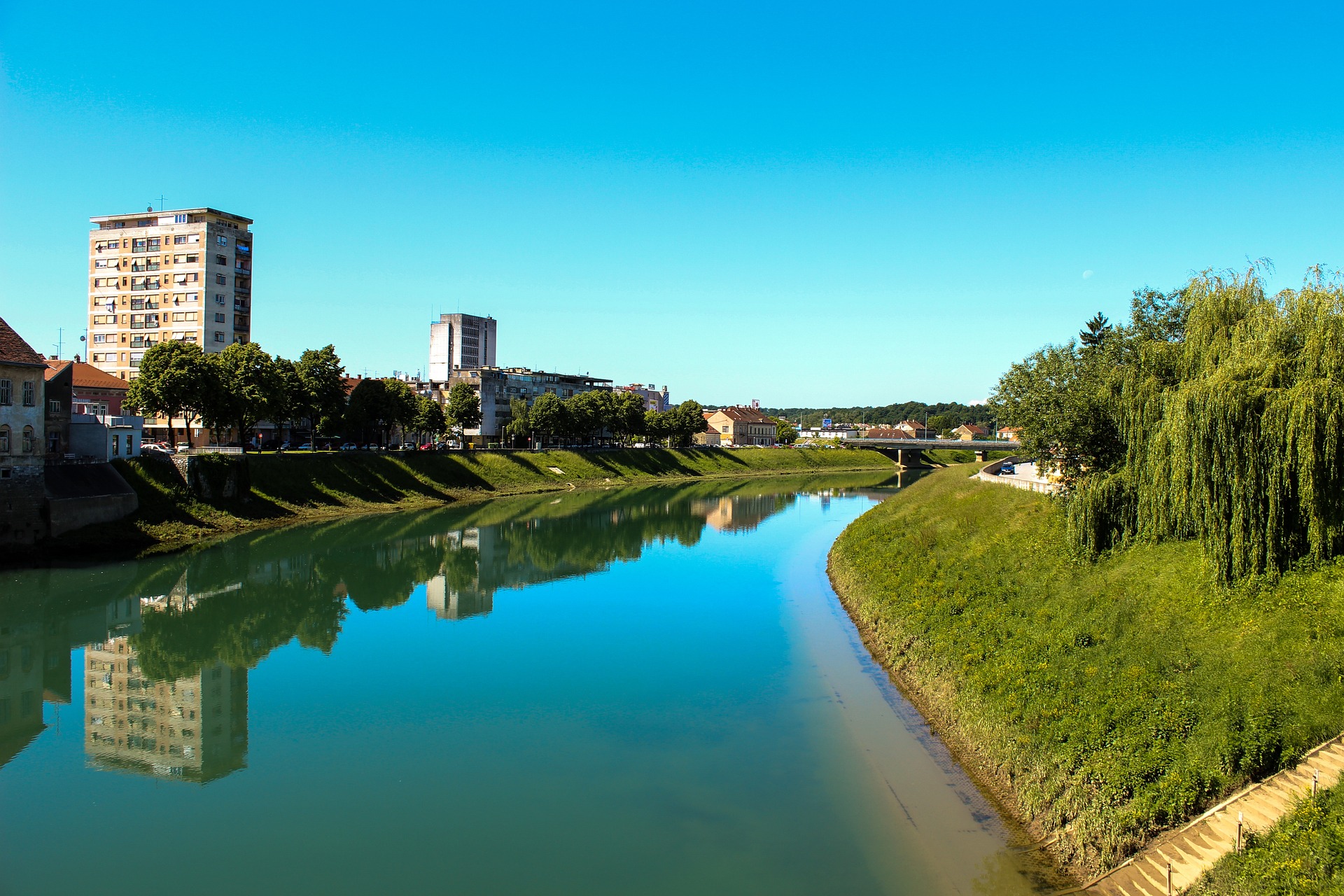
Partnership of REGEA and City of Karlovac in developing low-carbon districts in Croatia

Read about the LC District project results in Sweden

What changes has the international LC Districts project brought to the Zlín region and the Czech Republic?
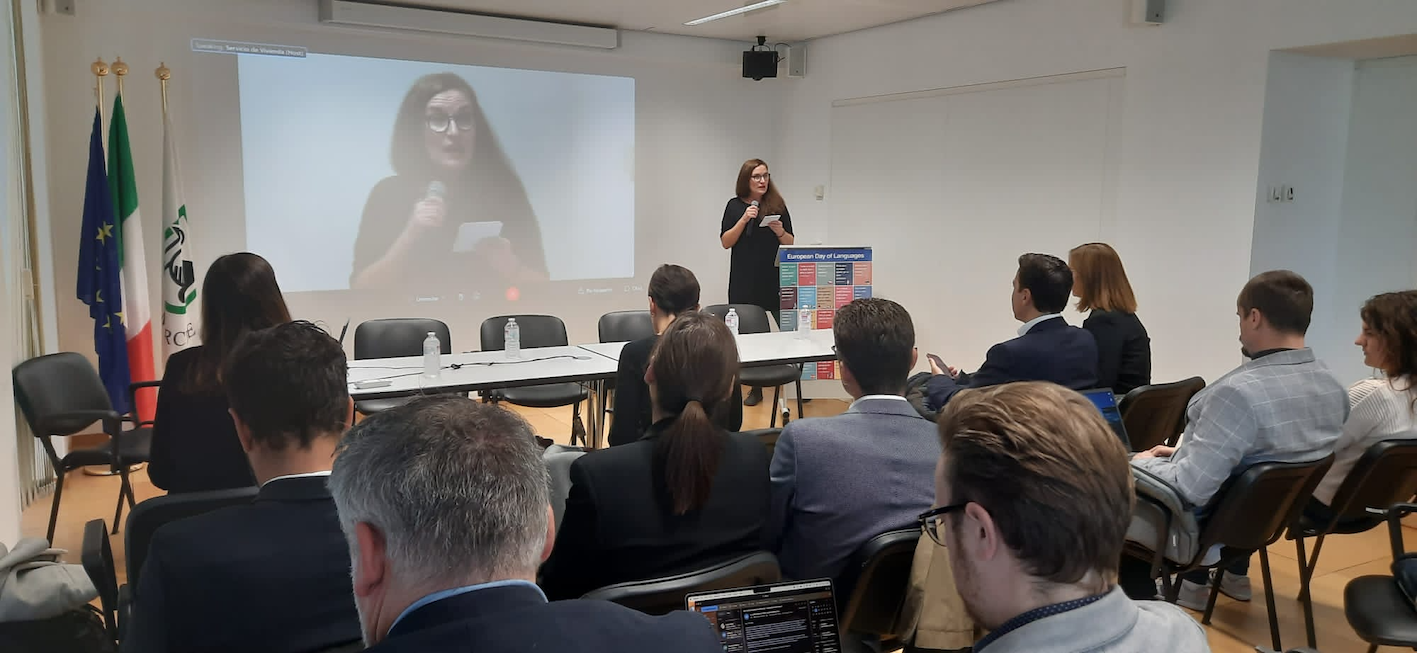
Summary of the LC Districts project final event in Brussels

In Navarra Region, the first workshop presenting the Regional Action Plan was organized.
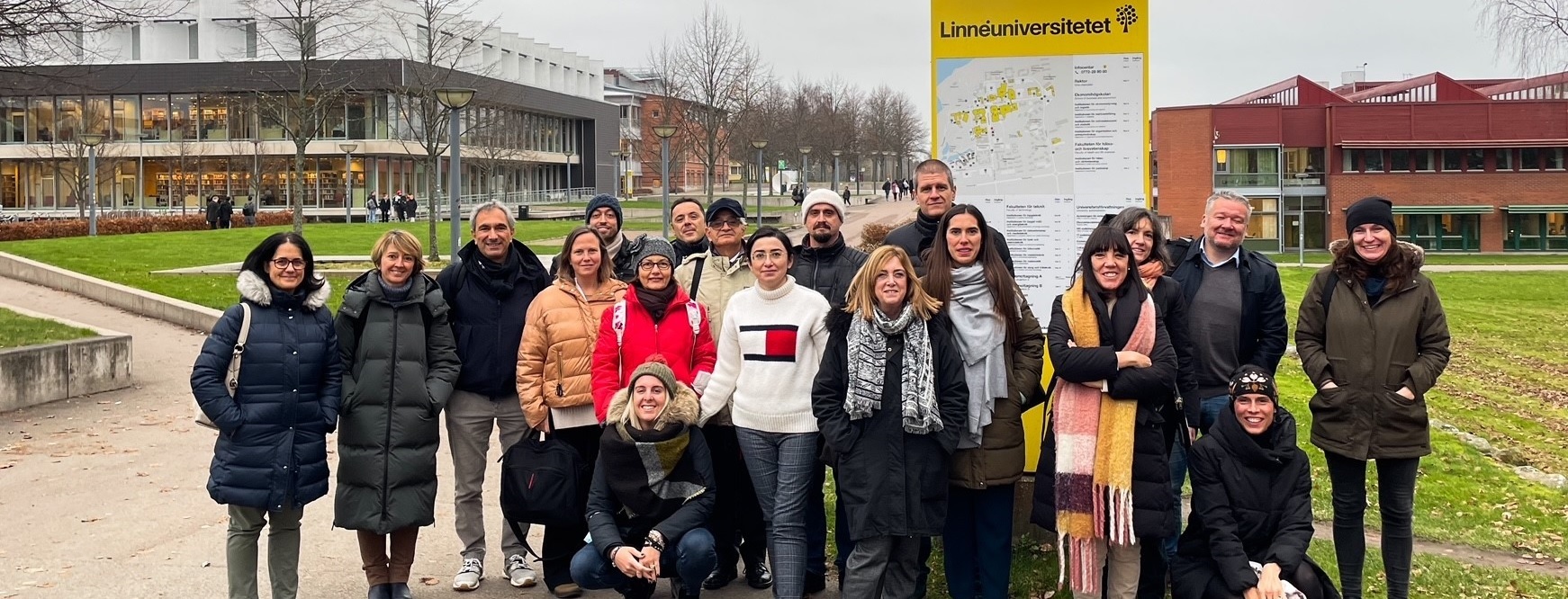
At the end of the project we were able to organize study visits to the Marche and Småland regions.

Ecological village of Eransus, an example of a healthier and more sustainable way of life.
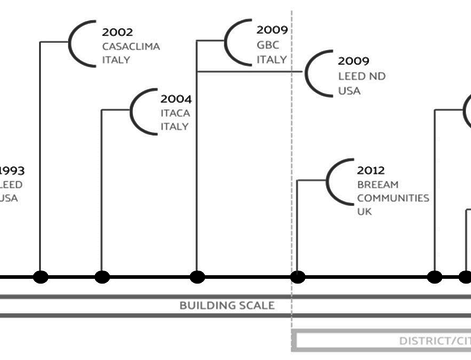
ITACA Urban Scale protocol is a multi-criteria assessment system for the evaluation of environmental sustainability of an urban context.

The summary of our last study visit in Croatia.